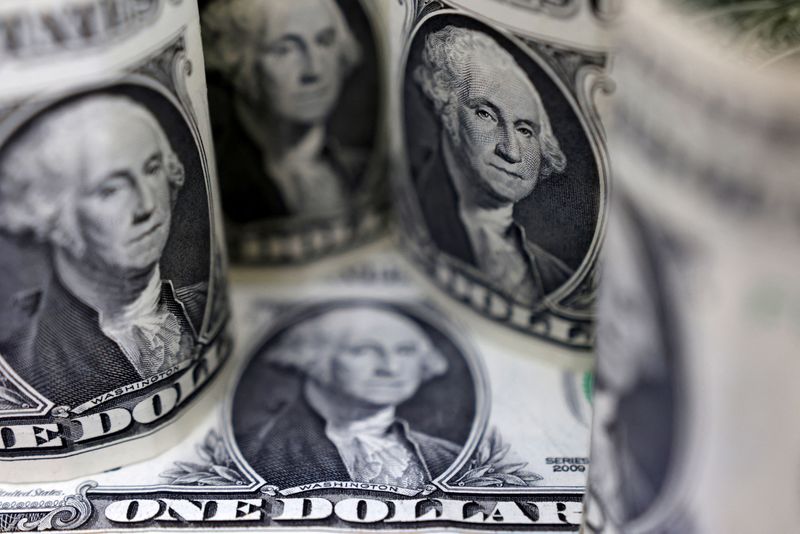In light of the potential policies of a second Trump administration, Deutsche Bank Research delves into the practical challenges associated with implementing a soft USD policy. Analysts highlight the obstacles and limitations of such a strategy and argue that tariffs and their associated stronger implications for the USD are more likely to dominate market outcomes.
Theoretical Impact of a Weak Dollar Policy
A soft USD policy aims to weaken the dollar, potentially through interventions or capital controls. Achieving this requires exceptionally large financial market interventions, possibly involving trillions of USD, or implementing costly capital controls. The analysis notes that a significant dollar devaluation, up to 40%, would be necessary to close the trade deficit.
Unilateral FX Intervention Challenges
Proposals to weaken the dollar include creating an FX reserve fund of up to $2 trillion. This approach would require substantial additional Treasury debt and create a fiscal burden, potentially exceeding $40 billion annually in net interest expense. Such intervention would likely face significant political and practical obstacles, especially given the vast scale required. Recent experiences, such as Japan’s Ministry of Finance spending $63 billion in just two days, highlight the enormity of the challenge. Scaling this to impact the USD would require at least $1 trillion, which is beyond feasible.
Constraints of Multilateral Intervention
Multilateral intervention is constrained by G7 commitments to market-determined exchange rates and the limited FX reserves of major economies. Apart from Japan, G10 central banks lack sufficient reserves for effective intervention. Historical examples, such as the Plaza Accord, involved significantly larger reserves and smaller capital markets compared to today’s landscape.
Potential Capital Outflows
Encouraging US capital outflows might be another approach to weakening the dollar. Historical attempts, such as Switzerland’s in the 1970s, show limited success. Measures such as taxing foreign deposits or introducing residency-based requirements could be considered, but broad-based capital controls may conflict with Trump’s stated policy to maintain the dollar's status as the world’s reserve currency.
Erosion of Fed Independence
The erosion of Federal Reserve independence could be the most impactful method for weakening the dollar, though this remains unlikely. Historical instances, such as the 2022 UK crisis, demonstrate how undermining central bank independence can lead to higher inflation risk premiums and increased long-end yields. However, with only a few Federal Reserve appointments up for renewal and the need for Senate approval, this scenario appears improbable.
While a Trump administration might apply rhetorical pressure on the dollar, substantial financial interventions, capital controls, or a loss of Fed independence would be necessary to implement a weak dollar policy. Analysts suggest that tariffs and their implications for a stronger USD are more probable outcomes.
